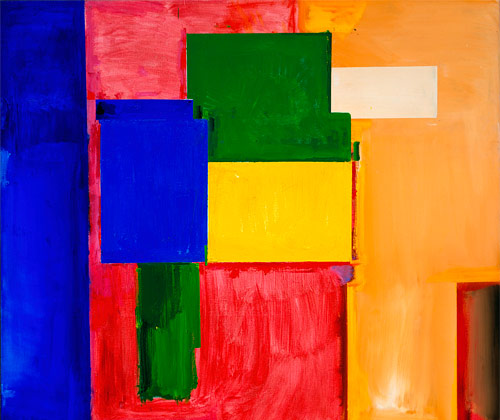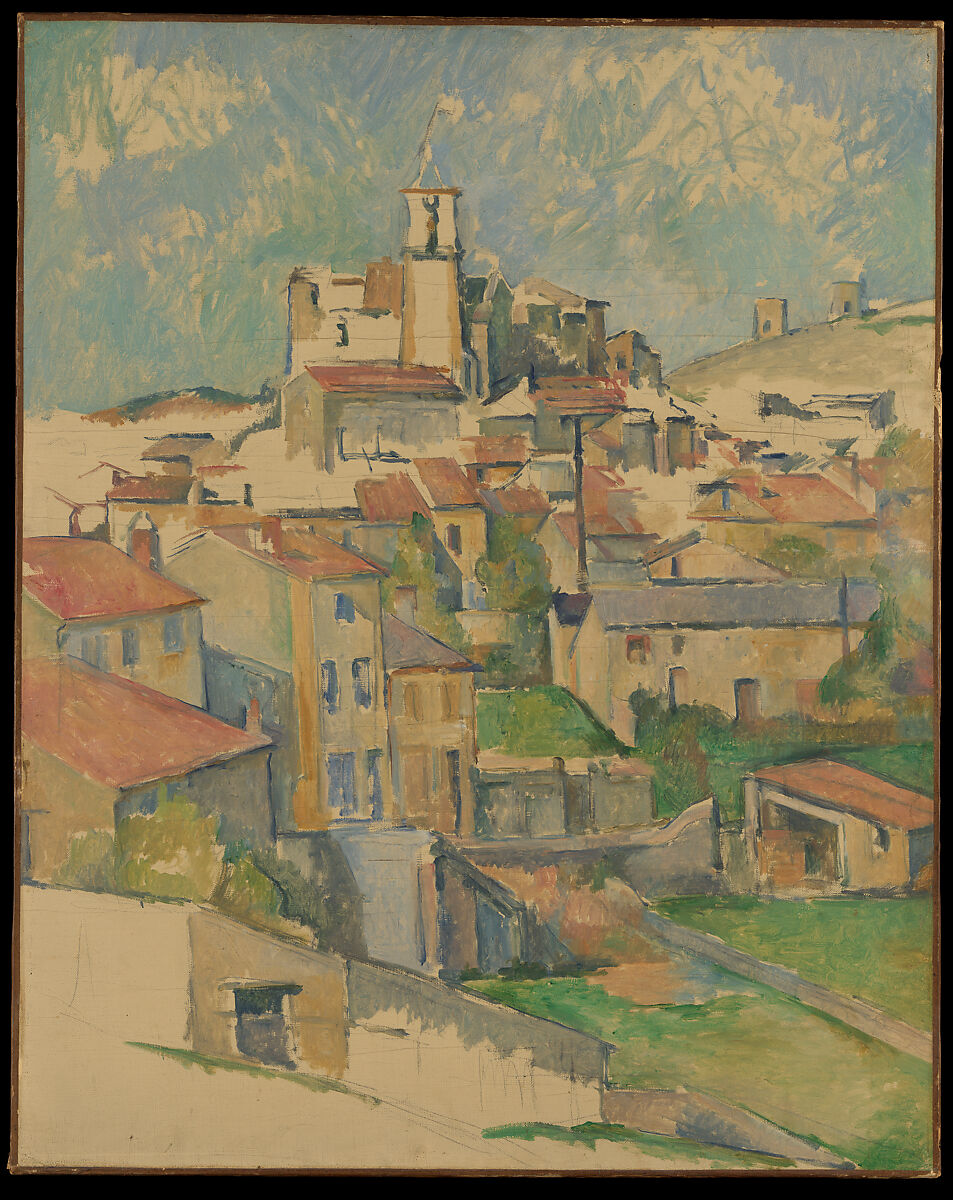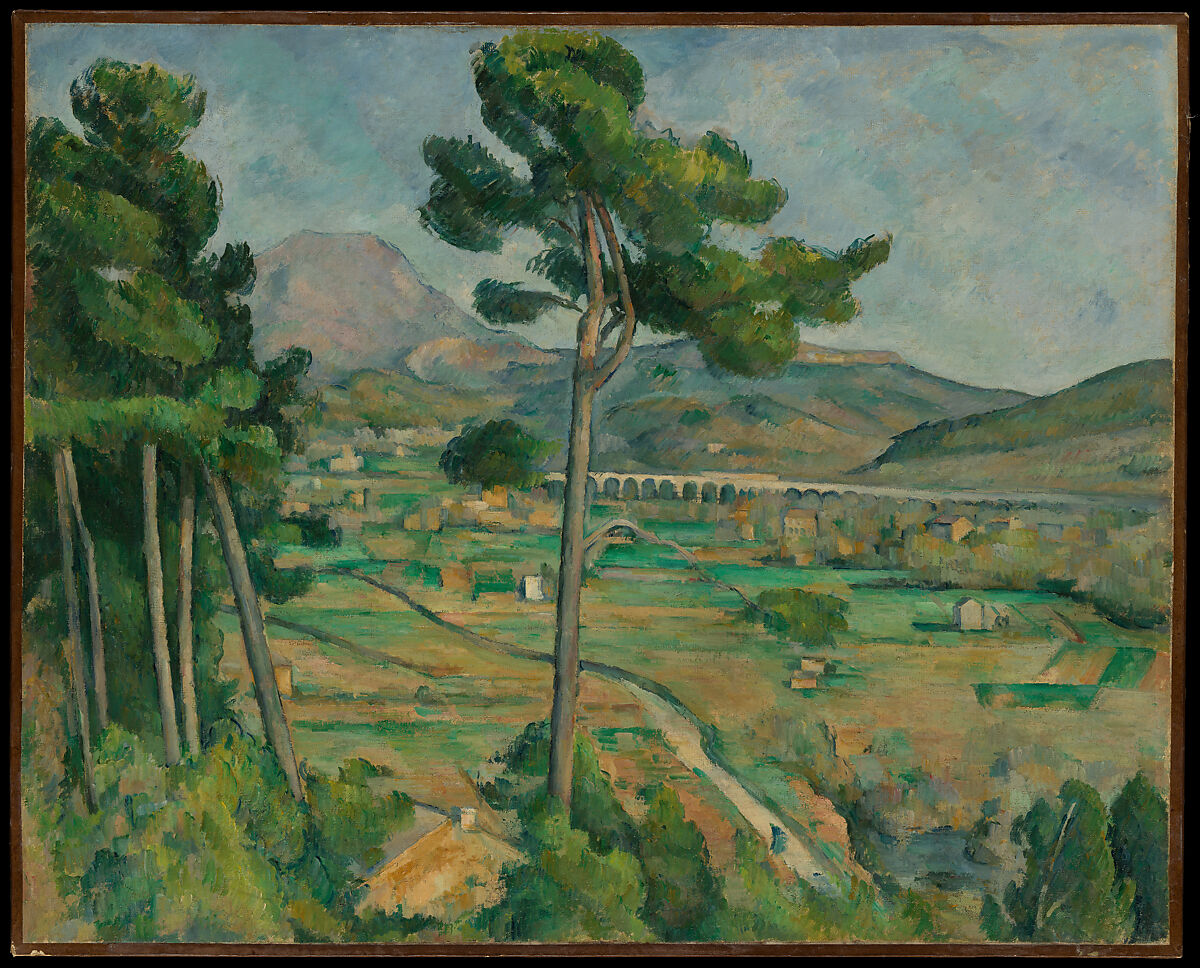If you use paint, you love color. You use color. But how and why?

30 March 2023
Color Series
On color in painting.
Exploring the possibilities of color in painting can be a pandora’s box - or open the doors to whole new wonders.
Yes, we’ve got hue, intensity and value.
But we can use color for much more than the color of objects or subjects.
Color all by itself can define shape, light, line texture, time, movement, space and mass. We can use it express an emotion or to set a mood. We can use color to communicate a philosophical or spiritual concept. In short, color is a superpower.
Lately I’ve been thinking a lot about the plasticity of color.
Plasticity is the ability of color to define space by use of hue and intensity. It's using a color’s relationship to the colors around it, rather than using a structure based on perspective or a use of light and dark.
Look at the Hans Hofmann painting above. See how the small blue rectangle sits in front of the other shapes, in a perceived 3D space? Painters have long and often used blues to recede in the background. Reds, which are very aggressive colors, often appear to come forward in space. But in this painting, the red is being held back by the small blue rectangle. Ask yourself which comes further toward you, the yellow or the orange? Look at the other color planes and shapes, and ask yourself (or someone else) - which color is further forward than another color?
In a nutshell, this pushing and pulling of color planes in a perceived 3D space was the push-pull theory Hans Hoffman worked out in paint. He was using the color to define and locate simple shapes in space.
Tracking It Back
Hans Hofmann popularized the concept of the plasticity of color in painting in his teaching in the 1950’s. He was an influential artist and teacher. Hoffman was aware of and studied the work of Paul Cézanne.
Paul Cézanne, a French Post-Impressionist painter, was one of the first artists to explore the ability of color to define different properties. His work introduced new modes of perception and representation. Cézanne’s work influenced avant garde and other art movements of the early 20th century.

Gardanne, Paul Cézanne, 1885-86
It might be hard to see at first. Look for how Cézanne paints the geometry of the trees and houses.

Mont Sainte-Victoire and the Viaduct of the Arc River Valley, Paul Cézanne, 1883-86
Look for the very organized, deliberate layers Cézanne used to build this landscape on the canvas.
One of my early painting teachers (George Rose) was a student of Hofmann’s. George Rose’s studio work and teaching focused on Hofmann’s push-pull theory, which I still explore in my own work. For me, learning these ways of seeing opened up universes of possibilities about color, and what it can do. And those possibilities were the key to opening more questions and possibilities.
How do you use color in your work? Are you inspired with thoughts or questions?
I invite you to join my facebook group Art and The Studio, and throw out some questions or observations. That’s why I created the group - I wanted to have some dialog about the making of art!
Best, Julia
Feature image: "To Miz Pax Vobiscum" 1964, Hans Hofmann